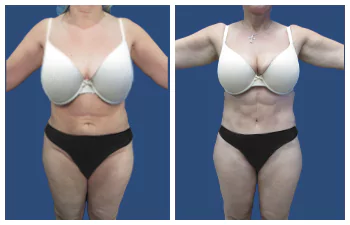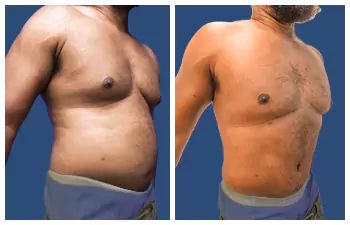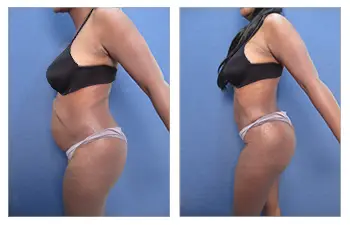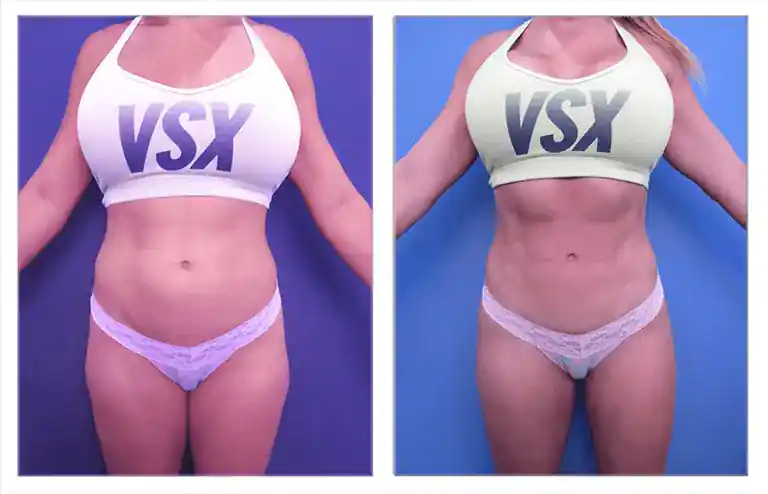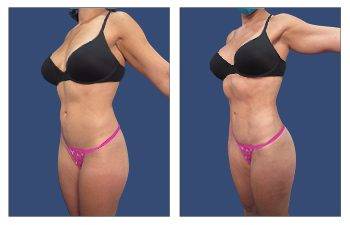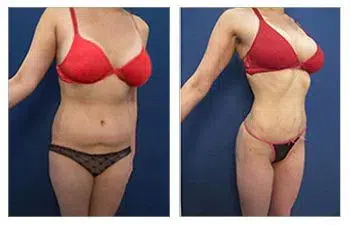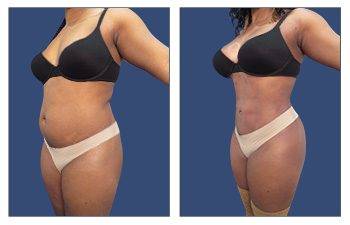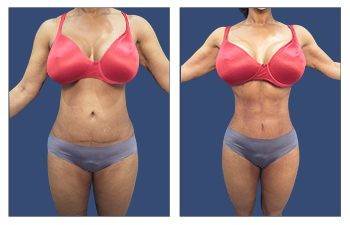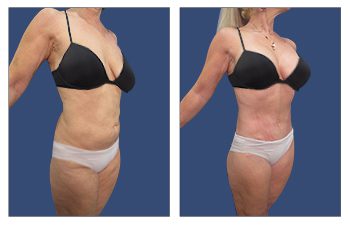Introduction to Knee Fat Removal
Knee fat can be a common concern for many individuals, often caused by factors such as hormonal changes, menopause, pregnancy, and sagging skin. The good news is that there are various solutions available for those looking to address this issue.
Lifestyle modifications, including regular exercise and a balanced diet, can help reduce knee fat. Non-invasive treatments include lifestyle modifications. For more significant results, surgical procedures like liposuction may be considered.
It’s important to note that protecting knee health is crucial during any fat removal process. Maintaining a healthy weight and engaging in regular physical activity can help support the knees and minimize the risk of injury.
By understanding the common causes of knee fat and exploring the different treatment options available, individuals can make informed decisions about how to address their concerns. Whether opting for non-invasive methods or surgical procedures, prioritizing knee health should always be a top priority.
Conservative Knee Fat Removal
Many individuals with stubborn pockets of fat around the knees often seek out conservative methods of fat removal before considering surgical intervention. These conservative approaches can include targeted exercises, dietary changes, and non-invasive treatments to help slim and sculpt the knee area. By understanding and implementing these methods, individuals can work towards achieving their desired aesthetic goals without the need for invasive procedures or significant downtime.
Try Pilates
Pilates is a highly effective exercise method that offers numerous benefits for weight loss, flexibility, and rehabilitation. Its focus on leg exercises and controlled breathing techniques makes it an ideal workout for improving strength and body composition without adding bulkiness.
For weight loss, Pilates helps to increase muscle mass and burn calories, leading to a leaner and more toned physique. The controlled movements also aid in improving flexibility, making it a great option for those looking to increase their range of motion and prevent injury. Additionally, Pilates is often used in rehabilitation settings to aid in recovering from injuries and improving overall physical function.
Dancers and athletes particularly favor Pilates for its ability to enhance their performance by strengthening important muscle groups and improving flexibility. The emphasis on controlled movements and breathing makes it a favorite for individuals seeking to improve their body composition without gaining excessive muscle mass.
Overall, Pilates is a versatile and effective exercise method that offers a range of benefits for weight loss, flexibility, and rehabilitation while helping to improve strength and body composition.
High-Intensity Interval Training
High-intensity interval training (HIIT) can be incorporated into a fitness routine by including full-body workouts, sprint interval workouts, and cycling intervals. Full-body workouts involve fast-paced exercises that engage multiple muscle groups, such as burpees, kettlebell swings, and squat jumps, with short rest periods in between. Sprint interval workouts consist of short bursts of intense exercises, such as sprinting, followed by brief periods of rest or low-intensity recovery exercises. Cycling intervals involve alternating between high-intensity cycling and periods of active recovery.
HIIT is an efficient way to burn calories and promote lean muscle development due to its high intensity and short rest periods, leading to a greater calorie burn both during and after the workout. Typical HIIT session structures include a warm-up, followed by several rounds of high-intensity exercises with short rest periods, and ending with a cool-down and stretching.
Incorporating HIIT into a fitness routine can be as simple as adding a 20-30 minute HIIT session a few times a week, or incorporating HIIT exercises into existing workouts. This approach can result in improved cardiovascular fitness, increased calorie burn, and enhanced muscle tone.
Resistance Training
Resistance training is an essential component of a well-rounded fitness routine, offering a multitude of benefits for overall health and body composition. Incorporating resistance training into workouts can help reduce body fat percentage and overall body fat mass while promoting lean muscle development. This type of exercise not only increases muscle strength and endurance but also supports bone health and metabolism.
There are various methods for incorporating resistance training, including weightlifting, using resistance bands, and performing bodyweight exercises to promote lean muscle development. Weightlifting with dumbbells or barbells allows individuals to increase resistance as they progress, while resistance bands provide a versatile and accessible option for strength training. Bodyweight exercises like push-ups, squats, and lunges are also effective in building lean muscle and can be modified to increase intensity.
For beginners, starting with basic bodyweight movements and gradually progressing to more robust strength training exercises is key. This progression can involve increasing resistance, adding more weight, or incorporating new exercises to continually challenge the muscles. By incorporating resistance training into their fitness routines, individuals can improve their body composition, build lean muscle, and enhance overall health and well-being.
Improving Your Diet Choices
To support fat loss and improve overall health, it is recommended to make specific dietary changes. Increasing the consumption of fruits, vegetables, and lean proteins such as chicken, fish, and tofu, as well as incorporating monounsaturated fats from sources like avocados, olive oil, and nuts, can greatly aid in weight management. Additionally, reducing the intake of highly processed foods and sugary snacks is crucial for improving the quality of the diet.
Being mindful of the calories consumed from both food and drinks is essential for weight management. It is important to maintain a well-balanced and nutrient-rich diet to ensure that the body is receiving the necessary vitamins and minerals while also controlling calorie intake. By making these dietary changes, individuals can promote weight loss and reduce knee fat, ultimately leading to improved overall health.
Incorporating these changes in the diet not only supports fat loss but also has a positive impact on overall health and well-being. Focusing on fruits, vegetables, lean proteins, and monounsaturated fats can help individuals achieve their weight loss goals while also providing the body with essential nutrients for optimal health.
Surgical Knee Fat Removal
Surgical knee fat removal, also known as liposuction or knee contouring, is a cosmetic surgery procedure designed to target and remove stubborn pockets of fat around the knees. This procedure aims to improve the shape and appearance of the knees, leading to a more proportionate and aesthetically pleasing lower body. Patients who may consider surgical knee fat removal are those who struggle with excess fat accumulation in this area, despite maintaining a healthy diet and regular exercise regimen.
This procedure provides a more permanent solution to addressing isolated pockets of fat that may not respond to traditional weight loss methods. By targeting specific areas of concern, patients can achieve smoother and more defined knee contours, resulting in increased confidence and satisfaction with their appearance. It is important for individuals considering surgical knee fat removal to consult with a qualified plastic surgeon to discuss their aesthetic goals, potential risks, and expected outcomes of the procedure.
Liposuction of Knee Fat
Knee liposuction is a cosmetic procedure that aims to remove excess fat from the knee area, resulting in a smoother and more contoured appearance. The main causes of knee fat include hormonal changes, which can lead to weight gain and the accumulation of excess fat around the knees. Menopause and pregnancy are also common culprits for the development of knee fat, as hormonal fluctuations can cause the body to store fat in different areas, including the knees. Additionally, sagging skin can contribute to the appearance of knee fat, making it difficult to achieve a toned and proportional look.
Protecting the knees during exercise is important to prevent the accumulation of knee fat. Common causes of knee fat include lack of proper form during exercises such as squats and lunges, as well as overuse or repetitive stress on the knees, which can lead to inflammation and fat buildup. Tips for protecting the knees during exercise include using proper form, warming up and stretching before workouts, and wearing supportive footwear.
In conclusion, knee liposuction can be a solution for those struggling with excess fat in the knee area, particularly due to hormonal changes, menopause, pregnancy, and sagging skin. However, taking preventative measures such as protecting the knees during exercise can also help minimize the development of knee fat.
Renuvion of knee Fat
If you’re struggling with excess fat around the knees and want to avoid surgery, Renuvion offers a non-surgical treatment option that can help smooth and tighten the skin in this area. Using plasma energy, Renuvion targets and tightens loose skin, providing a more comprehensive approach to reducing knee fat. This treatment is particularly effective for individuals with sagging skin and excess fat around the knees, as it can help improve the overall appearance of this area.
Renuvion can be combined with other non-surgical treatments, such as body contouring or liposuction, to achieve optimal results. By using Renuvion alongside these other treatments, you can further enhance the skin tightening and fat reduction effects, giving you a more sculpted and toned look. If you’re looking for a non-surgical solution to reduce knee fat and tighten loose skin, Renuvion may be the ideal option for you.
Conclusion: Knee Fat Removal
In conclusion, non-surgical treatments and exercises such as CoolSculpting and resistance training have shown to be effective in reducing knee fat. Hormonal changes, pregnancy, and aging can contribute to the accumulation of fat around the knees, but regular exercise and a healthy diet can help prevent and reduce knee fat. When considering non-surgical treatments, CoolSculpting stands out as an effective method for removing knee fat. The Cosmetic Skin Clinic is known for its expertise in CoolSculpting treatments, making it a trusted option for those seeking this procedure.
With its ability to target specific areas of the body, CoolSculpting is a safe and efficient way to remove unwanted fat around the knees. By combining non-surgical treatments with resistance training and other exercises, individuals can achieve significant improvements in the appearance and health of their knees. It’s essential to protect knee health during exercise by using proper form, wearing appropriate footwear, and avoiding overexertion. Overall, a comprehensive approach to knee fat removal can lead to positive results and improved overall well-being.



